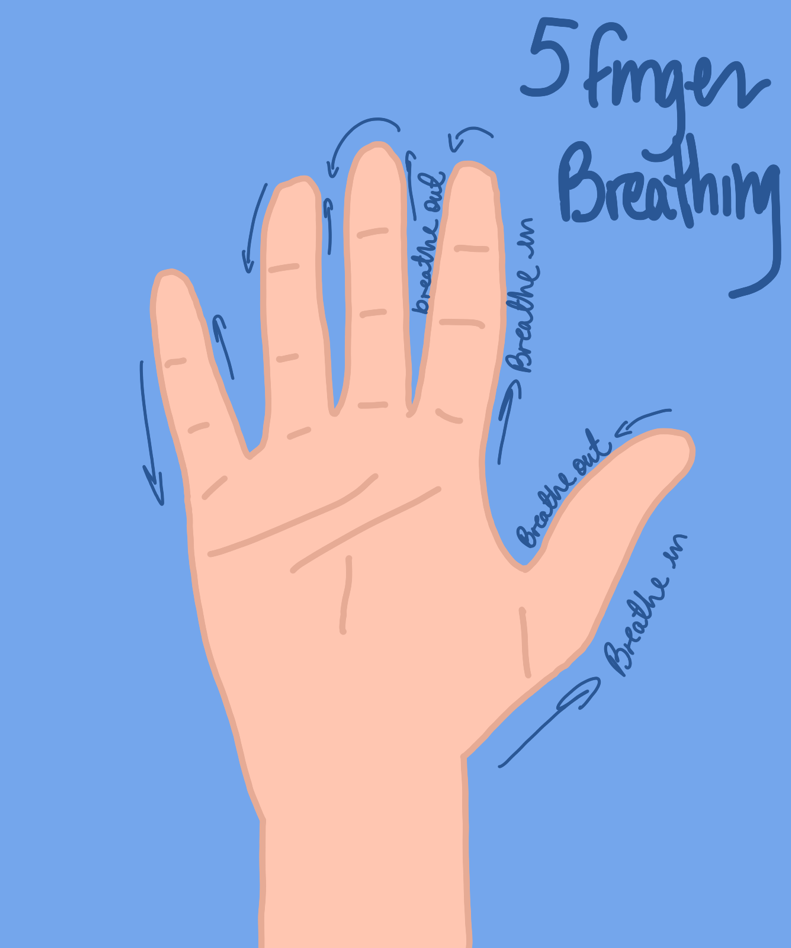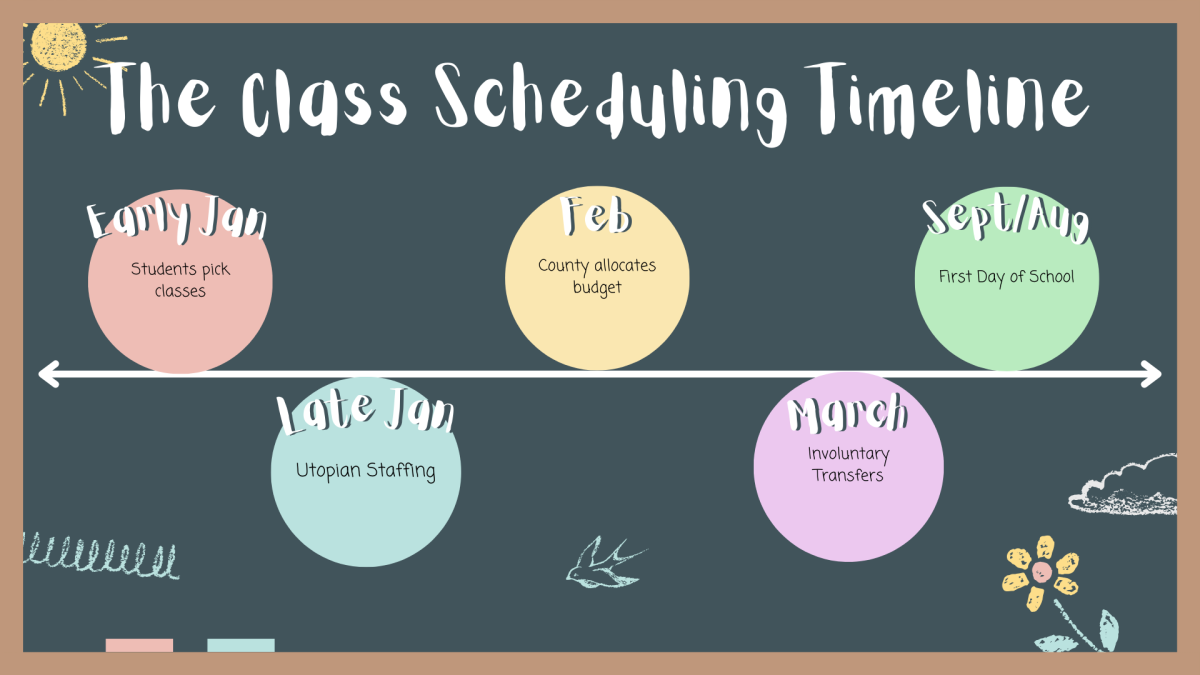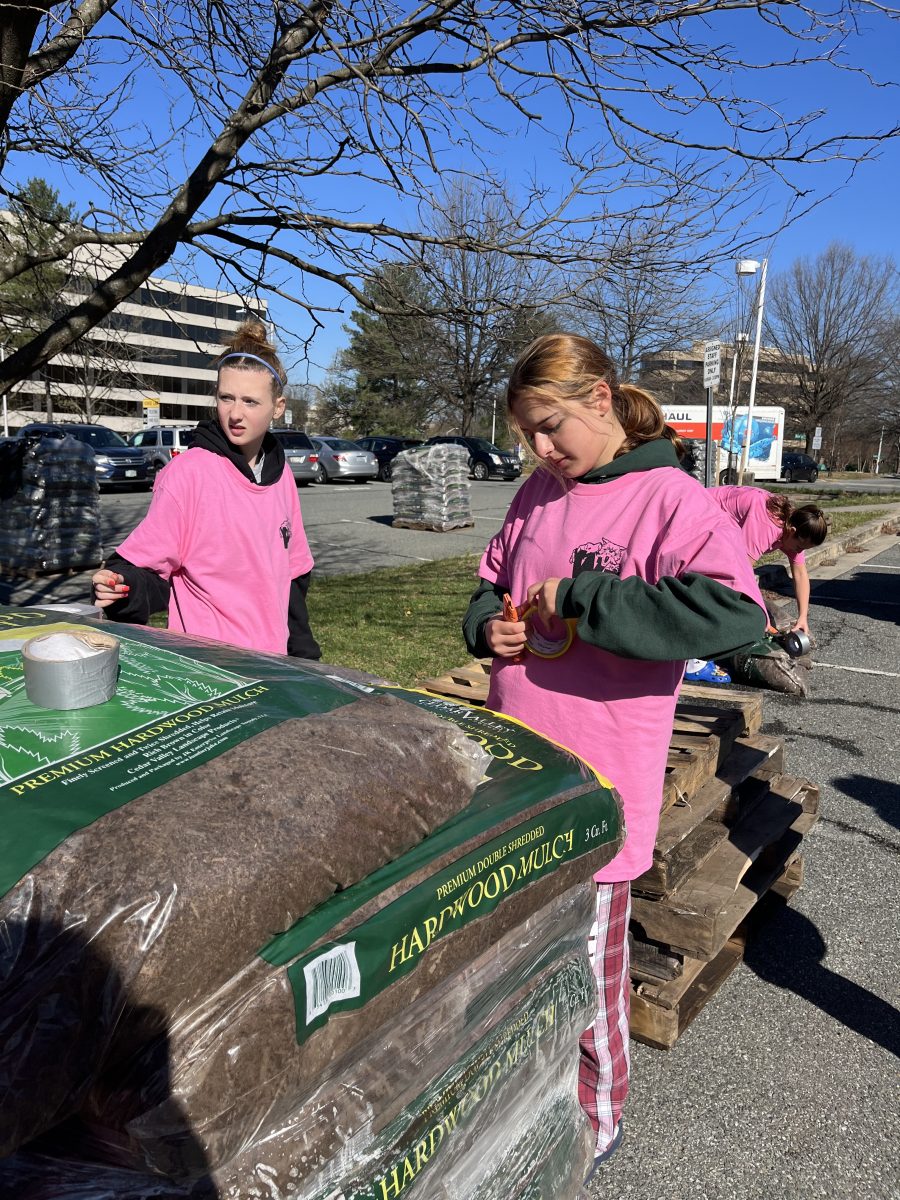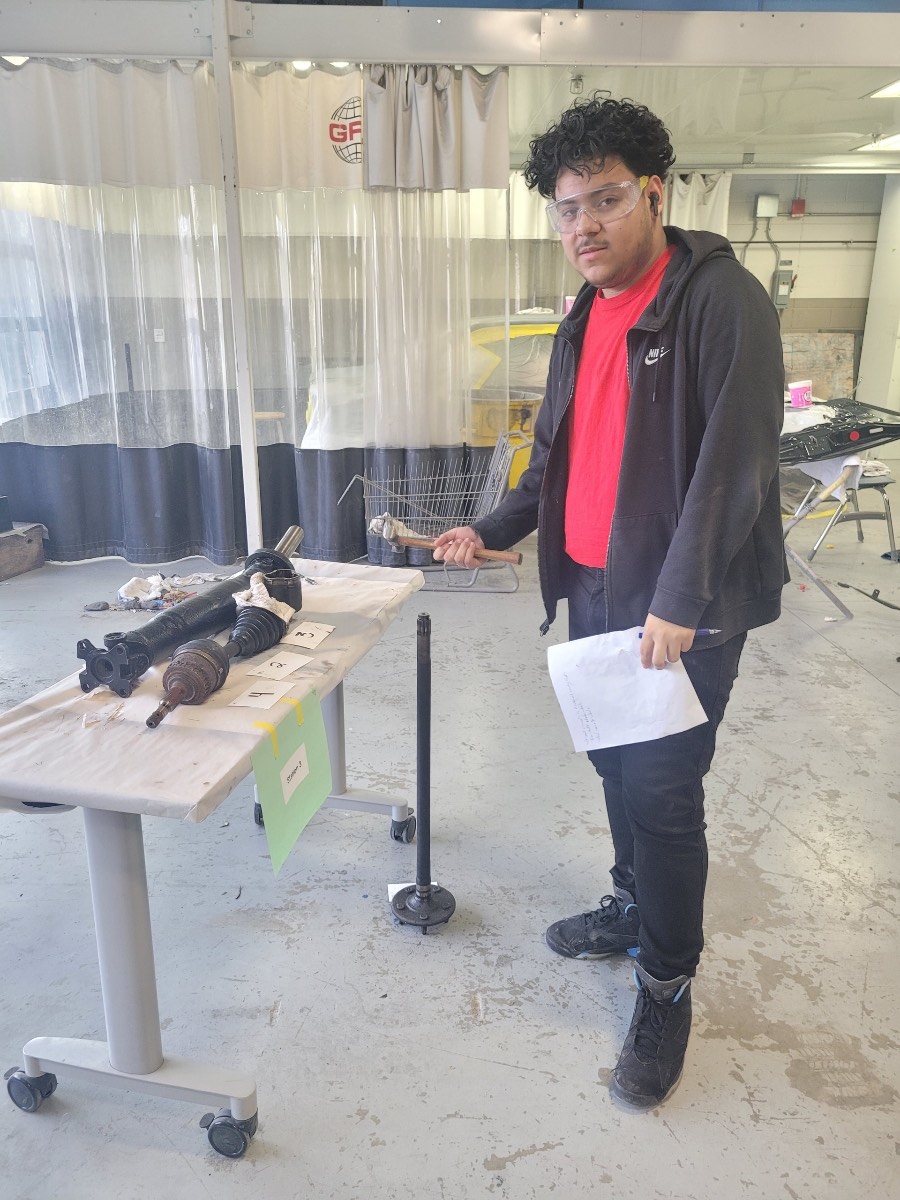Audrey Tepper is a Historical Architect for the National Park Service in Washington, D.C.
1. What do you do for a living?
I’m trained as an architect, but I specialize in the care and protection of historic structures throughout the United States. The National Park Service is an agency of the Department of the Interior, which is a bureau of the federal government. Basically, I’m a historic preservation architect for the federal government.
2. What made you choose your job?
After high school, I was interested in art, but when I got to college, I discovered architecture as a potential career. I always thought architecture was really technical, but there is also a strong design component to the job and that’s where I excelled. I somehow made it through the more technical classes I needed to take, but especially loved the more creative aspects of the profession. I also really like history and that’s why working with historic buildings is especially rewarding.
3. How long have you practiced in your field?
I completed a master’s degree in architecture in1986, so have worked in the field since then, which is about 25 years…wow! I’ve been in my current job for over 19 years.
4. When did you realize this was the career path you were going to take?
It was really a process of discovery for me. As I mentioned earlier, when I went to college, I was interested in art, but I wasn’t at all sure that’s what I’d ultimately end up doing. As a result, I looked for places to study that offered more than just art. I went to Cornell University in Ithaca, N.Y. and I was accepted into their “College of Architecture, Art and Planning.” I have to laugh because when I got into Cornell, my mother said, “You should take some architecture classes while you’re there.” My reply?… “Architecture? That’s all math [not my best subject]. There’s no way I’ll do that!” Of course, it didn’t end up that way and when I saw what my architecture friends were doing, it looked really interesting. When my parents picked me up for Thanksgiving break of my sophomore year, I said, “Mom, Dad, I want to be an architect” and the rest is history.
5. What type of education did you receive?
I received a Bachelor of Fine Arts from Cornell University in Ithaca, N.Y. and a Masters of Architecture from the University of Virginia in Charlottesville, Va. I also studied Architectural Conservation in Rome, Italy, after graduate school.
6. Describe a typical day at work.
I’ve worked for the National Park Service for over 19 years. In my first job with the Park Service I worked on historic structures in national parks throughout the National Capital Region. Although I worked on projects in several different parks (Harpers Ferry National Historical Park, Rock Creek Park, Antietam National Battlefield, etc.), the majority of my time was spent on National Mall on the Preservation of the Lincoln and Jefferson Memorials and some on the Washington Monument. My days were spent both planning work for the memorials and supervising this work once construction began. These are really important buildings nationally and even internationally – they’re visited by millions of people each year – so great care goes into making sure work is done sensitively. We need to insure the memorials are around for a very long time and not damaged if we tried to fix something. And fix we did…everything from cleaning and repairing the marble, to redoing the plazas out front, to restoring the murals and the decorative metal ceiling in the Lincoln Memorial, to changing the lighting, to preserving the landscapes, to making the buildings more accessible to the disabled, to adding exhibits, to providing other services for visitors…the list goes on and with such heavy use, there are always more things to tend to.
For my second (and current job) with the Park Service, I actually work on historic structures outside of national parks in a public/private partnership. The majority of my time involves working with a program where the federal government offers tax credits as an incentive to private property owners to rehabilitate historic buildings for their businesses. If building developers want these tax credits, which are very valuable to the financing of a construction project, they must agree to follow guidelines on how to do the work correctly. My office wrote the guidelines on how buildings should be preserved nationally and I help applicants and their architects understand what this means. We want to save a slice of history by preserving historic buildings…they tell great stories…so these buildings can’t be torn down or changed so irreparably that they no longer read as historic buildings!
I also write a lot of guidance on how to repair historic buildings and help property owners better understand what to do and what not to do.
Another interesting aspect of my job is teaching people that reusing a historic building is a really green and environmentally responsible thing to do. In essence, you’re recycling what is already there and not starting from scratch by building a new building, which takes a whole lot of energy to construct. Historic building materials are often more durable than the building materials available on the market today, so they require less replacement. Once again, the less you have to replace, the less energy you consume. Historic structures can also be upgraded to become more energy efficient and we help property owners do this without changing the structures too dramatically. The idea is to adapt historic buildings without adversely affecting their architectural and historical integrity in the process.
7. What is your favorite part of the job?
I really love the idea of saving historic buildings for future generations. Old buildings tell us a lot about how people lived, how they built things and what peoples’ tastes were at the time a particular building was built. It’s also interesting to learn what happened in a given building at a given time (did George Washington sleep there??) and how buildings often played important roles in their respective communities. Of course they’re nice to look at, too, and I never know what type of building or buildings will cross my desk on a given day. I see everything from old houses, to schools, to churches, to apartment buildings, to theaters, to industrial sites. I’ve even worked on old jails. It was kind of creepy visiting them, but also really interesting.
8. What is your least favorite part of the job?
It’s hard sometimes when people don’t understand how important it is to save old buildings and preserve part of our culture heritage. I’m not saying that nothing new can be built, but when you’ve got a great old building that is good for any number of new uses and someone just wants to tear it down, it’s pretty frustrating. When the tax credits I talked about earlier are available as financial incentives, we can sometimes save these great buildings…that’s the whole idea behind the credits. Saving buildings often means saving (or revitalizing) entire communities, which is an added benefit.
9. If you could go back in time, what would you have done differently?
I don’t think I’d change all that much, as I have a really interesting job that is always challenging. Once I decided to study architecture, it took me a bit to realize that I really wanted to work specifically on historic buildings. I suppose, had I known this earlier, I would have taken a few more architectural history classes along the way and maybe gotten a degree in historic preservation in addition to my architecture degree.
10. Is there anything else about your career that you would like to share?
Architecture is a very interesting profession, but if you’re considering it as a career, you should be aware it’s a pretty rigorous course of study requiring many years of school (and A LOT of late nights!). This shouldn’t stop you, though, if it’s what you really want to do. Although most architectural drawings are done on a computer these days, you should still have good hand-drawing skills and a creative mind. Thinking three-dimensionally and having a strong technical background are also important. For my specialized line of work, loving old buildings and appreciating history are essential.
There are several ways to get a professional architecture degree; it all depends on what the school you attend offers:
– Major in architecture as an undergraduate (four years) and then get a masters degree in graduate school (generally three to three and a half years).
– Get a professional degree in architecture as an undergraduate (generally a five-year course of study). Cornell offered this option, but since I didn’t know I wanted to study architecture initially, I didn’t take this route. I was, however, still able to take a lot of the undergraduate architecture courses.
– Get an undergraduate degree in something different than architecture and then get a professional masters degree in graduate school. This is what I did. I opted to finish my Fine Arts degree and get a masters degree in architecture elsewhere.






